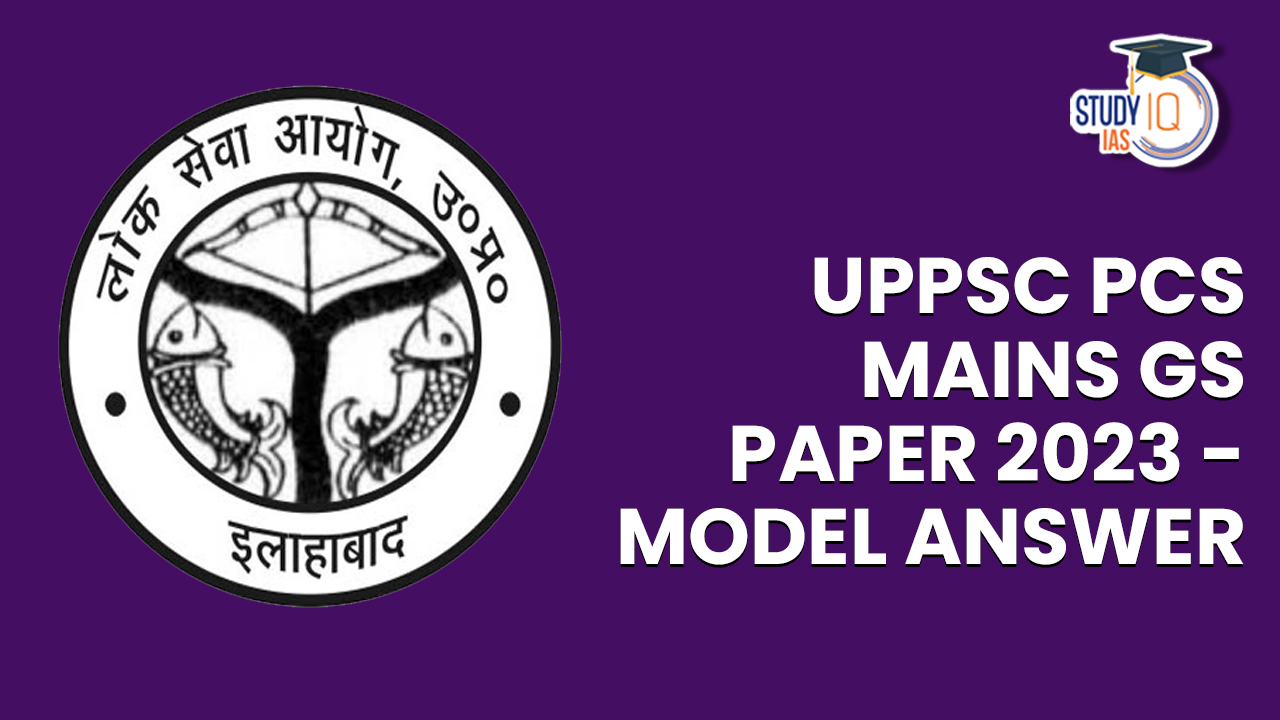Q18. Distinguish between natural and man made disaster? Elucidate the effectiveness of the disaster management system in India.
Natural Disaster:
Natural disasters result from natural processes and phenomena, beyond human control. Examples include earthquakes, floods, cyclones, and landslides in India. They are characterised by forces like seismic activity, weather patterns, and geological processes. While some can be predicted to an extent (e.g., cyclones), many remain unpredictable in terms of timing and intensity.
Man-Made Disaster:
Man-made disasters are primarily caused by human actions, negligence, or intent. Examples in India include industrial accidents, chemical spills, nuclear accidents, and terrorist attacks. They result from human activities like industrial processes, infrastructure failures, or intentional harm and are often preventable or predictable based on human behaviour, safety protocols, and security measures.
Effectiveness of Disaster Management System in India:
India’s disaster management system has improved but faces challenges:
Effectiveness (Example: Cyclone Fani – 2019):
- Early Warning Systems: Timely warnings by the Meteorological Department facilitated the evacuation of millions, reducing casualties.
- Coordination: National and state disaster agencies, along with NGOs, collaborated efficiently in disaster response.
- Infrastructure: Cyclone shelters and evacuation plans minimised casualties.
- Community Engagement:Awareness campaigns and community involvement in disaster preparedness contributed to a successful response.
Challenges:
- Last-Mile Connectivity:Ensuring all vulnerable communities receive warnings and aid remains challenging.
- Infrastructure Resilience: Vulnerable infrastructure, like housing, requires long-term investments for resilience.
- Urban Planning: Rapid, unplanned urbanisation increases disaster risks, as seen in floods in Chennai in 2015.
- Climate Change: Increasing intensity of natural disasters due to climate change poses a growing threat.
We can say India’s disaster management system has improved, exemplified by the effective response to Cyclone Fani. However, addressing challenges like climate change adaptation, urban planning, last-mile connectivity, and man-made disaster risks remains crucial for enhancing overall disaster resilience and response capabilities in the country.
Check out the UPPSC Mains GS Paper 3 2023 Analysis with detailed expatiation of the topics of Mains GS Paper 3 By the Study IQ Experts


 UPPSC Mains Question Paper 2025: Downloa...
UPPSC Mains Question Paper 2025: Downloa...
 UPPSC Previous Year Question Papers, Dow...
UPPSC Previous Year Question Papers, Dow...
 UPPSC Mains Admit Card 2025 Out, UP PCS ...
UPPSC Mains Admit Card 2025 Out, UP PCS ...
















